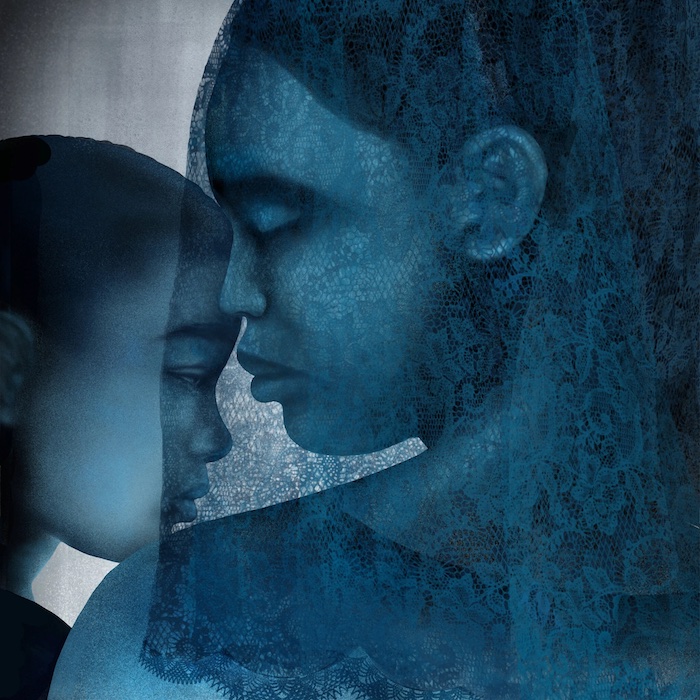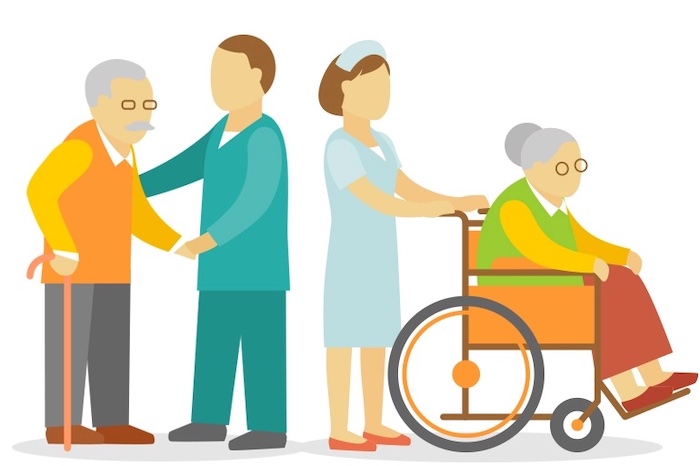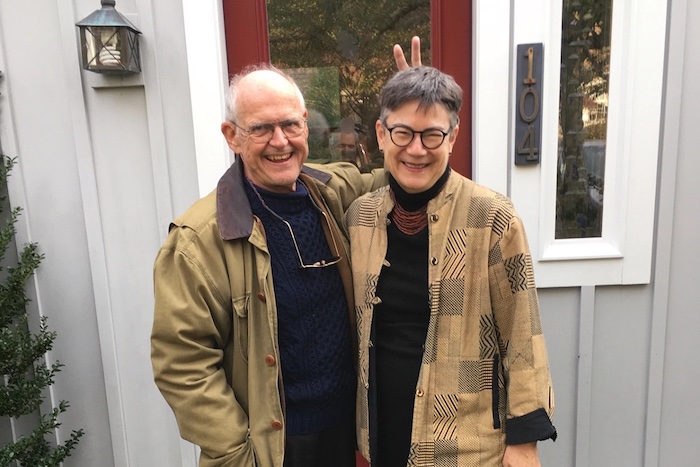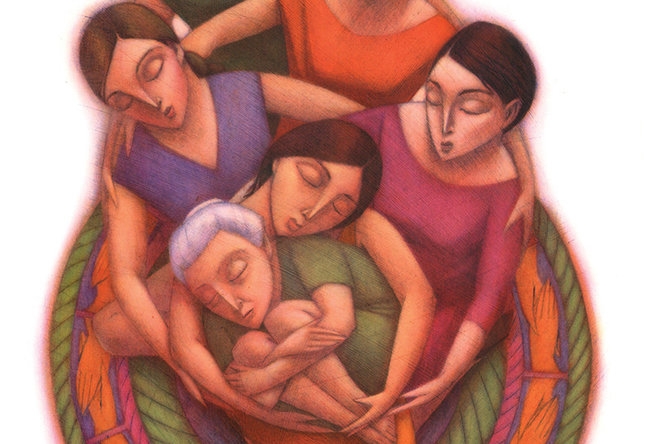Why have we forgotten how to die well?
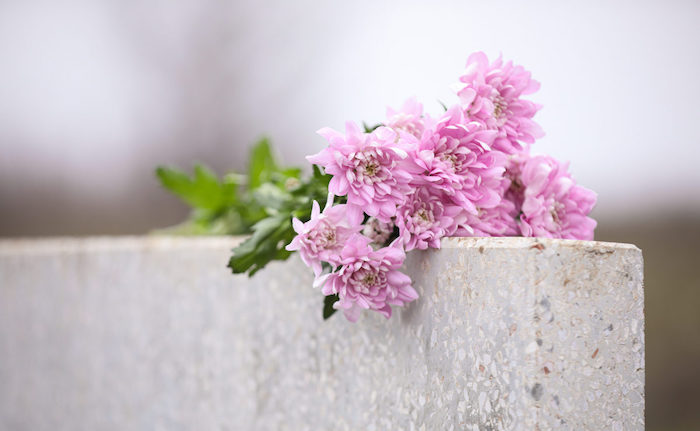
In a wise and compassionate book, an American physician offers advice on approaching the end of our days.
by Jose Bufill
The Lost Art of Dying: Reviving Forgotten Wisdom
by Lydia Dugdale, 2020, 272 pages
Hardly a day passes without new descriptions of killing and dying — both fictional and factual — invading our consciences, and yet so many of us still choose to postpone consideration of our own death. The practical neglect of the obvious fact of our mortality seems to be a distinctively post-modern and Western phenomenon that has become an important source of suffering and despair.
This is the central irony that Dr Lydia Dugdale identifies in The Lost Art of Dying and the contradiction she seeks to resolve. The consideration of death is the beginning of wisdom, so why do we live without it?
She writes from the perspective of an academic internist, who — in the course of her work with the sick — has identified manifestations of a kind of malady that affects both patients and their doctors. Its symptoms may be subtle and vary widely, but they rise to the surface acutely when mortality imposes itself: families who insist on repeated attempts to resuscitate dying relatives, doctors who offer patients treatment with no hope of real benefit, neglected elderly sick who die lonely and alone, occasional requests for help in dying. Fortunately, these accounts are not necessarily the norm, but neither are they rare events. There are other experiences with persons who die “well”: well accompanied, at times joyful, and grateful for the time their illness has provided to reflect and make amends.
The examples offered by Dr Dugdale of people facing death resonate well with the observations of Dr Balfour Mount, the Canadian surgeon who became a palliative care physician after his own cancer diagnosis. Dr Mount’s work identified the character traits of patients who experienced either persistent anguish and existential distress from their illness, or those who were able to discover wholeness and integrity in it.
He found that traits such as a sense of connection to others and meaning in life, the capacity to find peace in the present moment, the experience of a non-adversarial connection to the disease, and the ability to choose one’s attitude before adversity rather than to exert control over it were all associated with healing through illness: a good death.
Clearly, achieving this perspective on death is hard work that should not be left to the very end.
Over the course of nine chapters, the journey with Dugdale begins with “Death”, ends in “Life” and pivots on the chapter entitled “Fear”. For Dugdale, it’s the “fear of death” that explains the varied symptoms of despair demonstrated by patients and doctors today. When we are afraid, the reaction to “fight” or “flight” takes over. We “fight” by showing anger, directed at times toward family, professionals attempting to help, or the impersonal “system” surrounding us. Anger may express sadness over lost goals and frustrated plans, or may become a means to “endure”, to hang on, to survive at all costs.
Using the language of war to refer to our engagement with illness reflects the same fearful attitude toward death:
“His grandfather was battling pneumonia. My friend is a cancer survivor. I’m going to beat this infection. She’s a fighter; she’s going to kick this disease. And so forth. We march forward, as determined as military generals, reminding our loved ones and ourselves that there is no reason to fear the enemy. We have the strongest health-care system of all time; no disease can conquer us.”
Among the more frequent expressions of “flight” in response to imminent death, is the attempt to control its time and circumstances. Assisted suicide provides an escape for those who do not wish to fight death but still want control. Perceptively, Dugdale describes the existential threat of a life-threatening illness in the following terms:
“When the natural world threatens, we take refuge in homes and cities. But when sickness threatens, we become homeless. Our own bodies evict us as if we were no longer welcome. Our frames fail, our minds grow dim. Our stamina falters, our work suffers. This, in turn, threatens our carefully constructed fortresses of security. As our physical space closes in, we stop being able to appreciate the beauty of the world. (…) Sickness makes our bodies inhospitable. But it also estranges us from our ideological framework. It is no longer enough to work hard. Ambition seems foolhardy, and prestigious careers offer false salvation. Stripped of our illusions, we find ourselves existentially isolated in our brokenness — perplexed in body and spirit.”
To escape the perplexity, one should learn to abandon our flawed subjective appraisals of what is “important” and attend to the immediate reality of one’s new circumstances. To die well becomes easier if we grapple early and often with existential questions rather than avoid them.
In Dugdale’s account, modern medicine is incapable of offering much help. We have become purveyors of hope through pills and infusions: “providers” rather than “healers”. What is needed instead is common sense: to recover a “lost art” based on the simple premise that people go somewhere forever after they die, and so they should live each day in a way that would help them look forward to a happy transition.
Written manuals offering practical advice to help the dying prevailed for 500 years throughout the West as a popular literary tradition. The “Ars moriendi” — we learn — began during the European “black death”, probably the nastiest and most persistent pandemic among the many that swept through the peoples of antiquity and the Middle Ages. Two-thirds of the European population died horribly from a disease they could not escape and before which they were powerless. The stench of death was everywhere. And so everyone was directly affected and engaged.
In response, a thoughtful and systematic approach to help the dying was proposed for the first time at the Council of Constance (1414 to 1418) by Jean Charlier Gerson, Chancellor of the University of Paris. The intent was to offer practical advice for use at the bedside.
The result was an explosion of self-help manuals advising those who cared for the dying. They identified the most common temptations encountered at the end of life — disbelief, despair, impatience, pride and avarice — and measures to relieve them. They suggested prayers for the dying; acknowledged that the death of an individual affected and so involved the entire community; and emphasized the need to prepare for death long before it happened. And back then — as today — it could happen quickly with little warning.
So what happened about 100 years ago that led to the death of the art of dying?
We could call it a slowly progressive, insidious pandemic of “affluenza”: the malaise that results from relying entirely on the pursuit of material wealth to achieve happiness. Scientific and industrial revolutions and the prosperity that gradually followed meant that human beings were less subject to the whims of nature. Food and clothing became easy to acquire and replace. Adequate shelter, running water and electricity were eventually assumed by almost everyone.
No mystery or threat nature could present seemed beyond the reach of human reason. Once common, often fatal infectious diseases were cured with antibiotics — beginning with the discovery of penicillin in 1928 — the average human lifespan more than doubled, at least in developed countries. And the trend toward longer life spans is expected to continue. Today, we can speak without exaggeration of cures for many cancers. The conquest of death — our mortal enemy — seems within reach.
And thus medicine becomes a means to rescue the doomed. Replacement organs, dialysis machines and ventilators are like life vests for the drowning.
“Doctors love to be rescuers, heroes who descend from on high to fight evil disease and liberate patients in distress. It is part of our common mythology. The bioethicist Howard Brody says that this ‘rescue fantasy is a power trip: it envisions the physician having the power to snatch the patient from the jaws of death.’ (…) For their part, patients seek a rescuer to release them from their life-destroying maladies. (…) The physician’s compulsion to rescue fuels the patient’s burning desire to be rescued, which again stokes the doctors rescue fantasy.”
A host of forces — cultural, economic, technological — have conspired to medicalize the dying process. Fewer people today die at home surrounded by loved ones. Many die in sterile, standardized institutions run by strangers, at times clinging to false hope of survival that medicine is not able to satisfy.
So is death annihilation or is it just a short nap after which we awaken in the arms of Love? That is the question.
Dugdale contends that our best chance to resolve the dilemma is by careful, persistent reflection on the meaning and purpose of life: “the art of dying is really the art of living.”
This insightful book accurately describes the widespread dysfunction that occurs when we are distracted from the consideration of our own mortality. It would be great if Dr Dugdale’s next book might offer a specific, practical road map — a modern Ars moriendi — to help us help the dying.
Complete Article ↪HERE↩!

